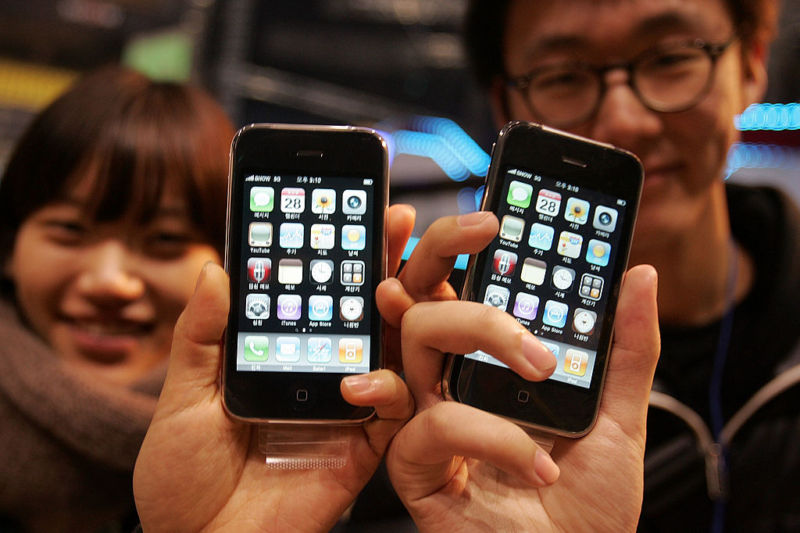After Supreme Court detour, Apple v. Samsung goes to a fourth jury trial

The Apple v. Samsung lawsuit is getting a big "reset," thanks to last year's Supreme Court ruling on design patents.
The long-running litigation rollercoaster has included so many turns it's hard to keep track. The case was filed in 2011 and went to a 2012 jury trial, which resulted in a blockbuster verdict of more than $1 billion. Post-trial damage motions whittled that down, and then there was a 2013 damages re-trial in front of a separate jury. An appeals court kicked out trademark-related damages altogether.
Meanwhile, a whole separate case moved forward in which Apple sued over a new generation of Samsung products. That lawsuit went to a jury trial in 2014 and resulted in a $120 million verdict, far less than the $2 billion Apple was seeking. That verdict was thrown out on appeal, then reinstated on a subsequent appeal. So that one appears to stand.But back to that first case. After a lot of back and forth, Samsung agreed to make a payment of $548 million, but the Korean giant didn't give up its right to appeal. In a landmark case over design patents, the US Supreme Court said that the damages had been done all wrong—but the justices gave little guidance as to how they should be done. The high court threw out $399 million of the damages Apple had won.
Yesterday, US District Judge Lucy Koh published a 35-page order (PDF) explaining her criteria for the new trial. A scheduling hearing will take place later this week. There are two types of patents: design patents cover the way something looks, while utility patents cover the way something is used and works. All that's left at issue in this litigation is design patents, which cover the look of the iPhone's outer shell, software icons, and other features.
Arguing Articles
Essentially, Samsung complained about the verdict because it involved Apple getting paid for the whole phone, even though the design patents only covered specific aspects of the phone's hardware and software.
That led the parties to gear up arguments for an incredible fourth jury trial. Apple and Samsung made their arguments over what the test should be, but Judge Koh ended up going with the test suggested by the US solicitor general, which has four factors to determine the right "article of manufacture." It's closer to Apple's suggestion—Samsung had suggested basically taking only the part of the product that had the patented design physically applied to it, a test that Koh said wouldn't even pass the basics of what the Supreme Court had asked for.
The factors of the four-part test that will apply are laid out at the end of Koh's order. They are:
- The scope of the design claimed in the plaintiff's patent, including the drawing and written description;
- The relative prominence of the design within the product as a whole;
- Whether the design is conceptually distinct from the product as a whole; and
- The physical relationship between the patented design and the rest of the product, including whether the design pertains to a component that a user or seller can physically separate from the product as a whole, and whether the design is embodied in a component that is manufactured separately from the rest of the product, or if the component can be sold separately.
Koh also ruled that Apple should bear the burden of proof in determining the article of manufacture.
Design dilemma
At this point, any possible result of the lawsuit has long been factored in to the bottom line of these two mega-rich corporations. No possible outcome could really change the fortunes of either one.
The long case reflects indecision over what to do about design patents. Such patents are just one small aspect of a sprawling intellectual property system that weren't a hot topic of discussion, even in legal circles, until Apple's litigation made them important.
We live in a society that recognizes how creative design can have huge value, and that's not a bad thing. No one has leveraged that cultural bias more intensely than Apple, which has not only translated design into unprecedented profits but has convinced judges, juries, and lawmakers that it should be allowed to wield design as a powerful tool to stop competitors.
Apple has diligently worked to create a world where design can be effectively weaponized. But when judges have analyzed the actual results of such heavy enforcement, what they find may be uncomfortable. Huge awards could stifle innovation by dealing wipe-out blows to companies (not Samsung, but others) for reasons that range from tangential to trivial. The "solution" in this case has been to create judicial paralysis and to allow never-ending litigation.

Post a Comment